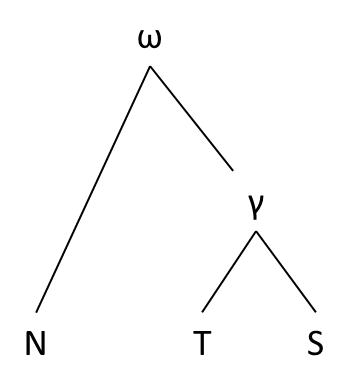Error, conjunctive
Conjunctive errors are errors that show that two witnesses can be grouped together against other witnesses. For an error to be conjunctive, it must be highly unlikely that it arises from polygenesis. Because these errors are used in the construction of the stemma, they must be significant. As Maas (1960, 27) notes, an analysis of the overall profile of a witness is necessary to determine the likelihood for kinship.
The following example illustrates a conjunctive error within a group of three manuscripts deriving from a single archetype. In the following clause, two distinct readings are reported:
- N causa quod omnia existentia sint
- T, S causa quod divina existentia sint
N records the contextually required omnia. T and S have the error, divina. If other readings in T and S provide separative errors that indicate that one does not derive from the other, then the conjunctive error demonstrates that the two can be traced to a common hyparchetype. The relationship between the three manuscripts can be illustrated accordingly.
Illustration

Fig. 1: The relationship of three manuscripts based on a conjunctive error. The simplified example is based on the manuscripts of Thomas Aquinas' In Librum Beati Dionysii de Divinis Nominibus Expositio 11, 4 (cf. Pera 1950).
References
– Maas, Paul. 1960. Textkritik. 4th ed. Leipzig: Teubner. – 1st ed. 1927.
– Pera, Ceslai, ed. 1950. In Librum Beati Dionysii de Divinis Nominibus Expositio. Torino: Marietti.
In other languages
DE: Bindefehler
FR: erreur conjonctive
IT: errore congiuntivo
MH, AC